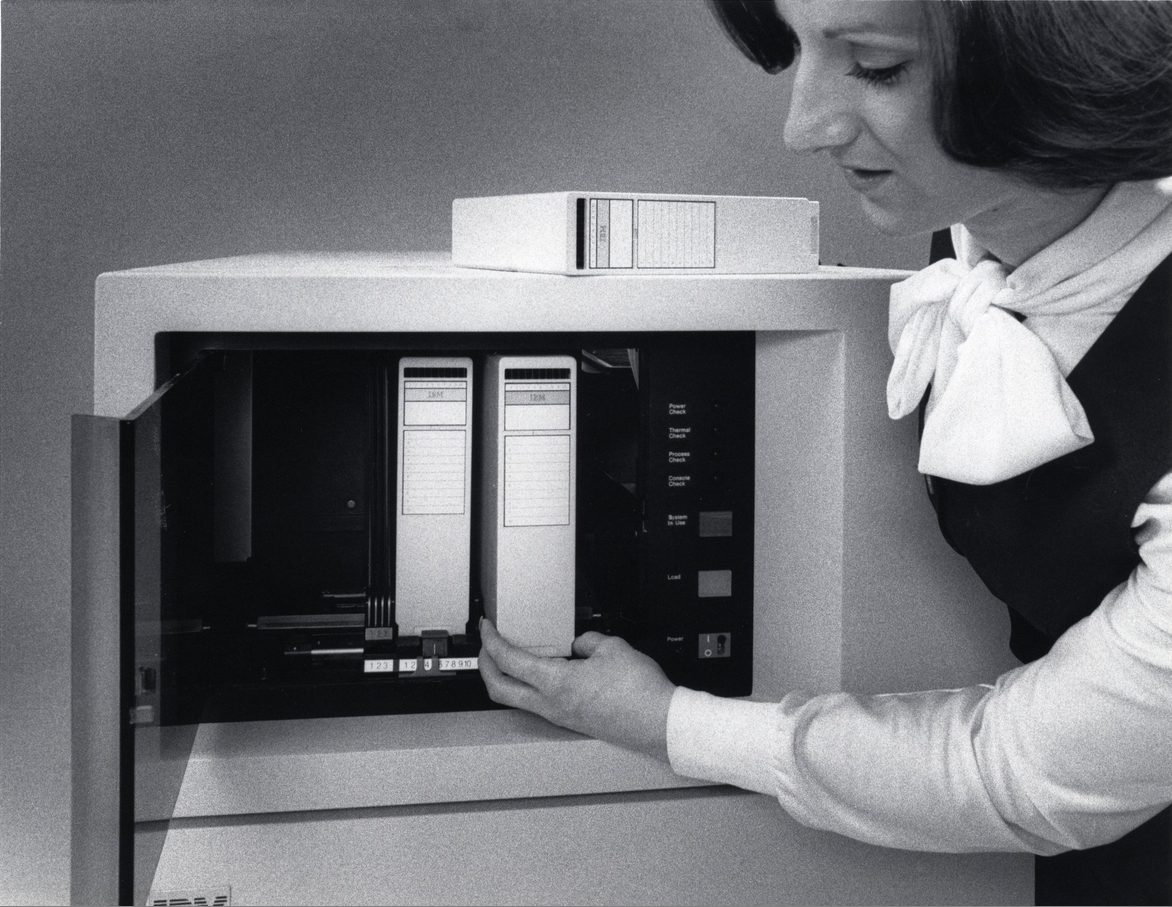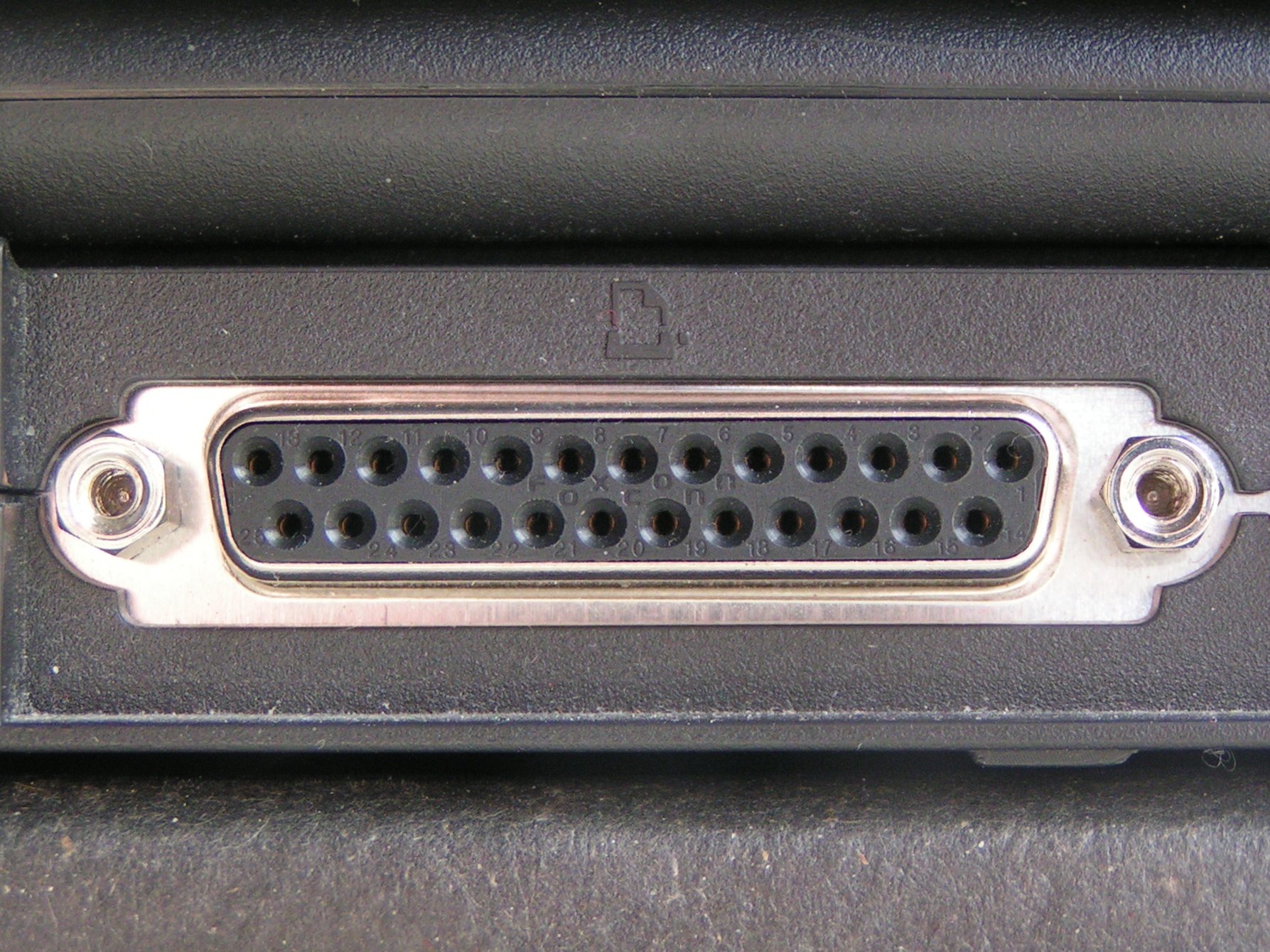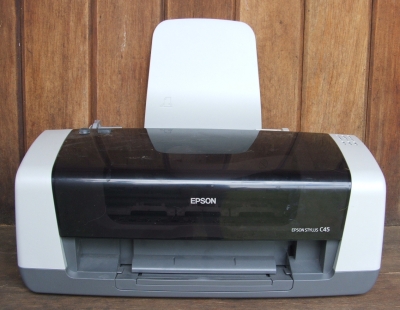|
Screen Design Aid
Screen Design Aid (SDA) is a utility for the IBM System/34 and System/36 midrange computers. Programmers can use SDA to create menus, display formats, or WSU skeleton programs. The System/38, and IBM i platforms also have a utility Screen Design Aid, but its syntax and functionality are different. S/34 and S/36 applications usually involve the operator to a critical degree, whether accepting the bulk of input through display stations or controlling them. Computer programs may utilize unformatted or formatted input, and this is where SDA applies. Creating display formats or menus from code Like RPG II, display formats are built from column-sensitive specifications which describe fields of fixed sizes with fixed or conditioned properties. The System/36 version of SDA gained the H specification, which describes the displays used when the operator presses the "Help" key. The "Help" key can summon one display, a series of displays, or open an online document created by DisplayWri ... [...More Info...] [...Related Items...] OR: [Wikipedia] [Google] [Baidu] |
System/34
The IBM System/34 was an IBM midrange computer introduced in 1977. It was withdrawn from marketing in February 1985. It was a multi-user, multi-tasking successor to the single-user System/32. It included two processors, one based on the System/32 and the second based on the System/3. Like the System/32 and the System/3, the System/34 was primarily programmed in the RPG II language. Hardware The 5340 System Unit contained the processing unit, the disk storage and the diskette drive. It had several access doors on both sides. Inside, were swing-out assemblies where the circuit boards and memory cards were mounted. It weighed and used 220V power. The IBM 5250 series of terminals were the primary interface to the System/34. Processors S/34s had two processors, the Control Storage Processor (CSP), and the Main Storage Processor (MSP). The MSP was the workhorse, based on System/3 architecture; it performed the instructions in the computer programs. The CSP was the governor, a d ... [...More Info...] [...Related Items...] OR: [Wikipedia] [Google] [Baidu] |
System/36
The IBM System/36 (often abbreviated as S/36) was a midrange computer marketed by IBM from 1983 to 2000 - a multi-user, multi-tasking successor to the System/34. Like the System/34 and the older System/32, the System/36 was primarily programmed in the RPG II language. One of the machine's optional features was an off-line storage mechanism (on the 5360 model) that utilized "magazines" – boxes of 8-inch floppies that the machine could load and eject in a nonsequential fashion. The System/36 also had many mainframe features such as programmable job queues and scheduling priority levels. While these systems were similar to other manufacturer's minicomputers, IBM themselves described the System/32, System/34 and System/36 as "small systems" and later as midrange computers along with the System/38 and succeeding IBM AS/400 range. The AS/400 series and IBM Power Systems running IBM i can run System/36 code in the System/36 Environment, although the code needs to be recompile ... [...More Info...] [...Related Items...] OR: [Wikipedia] [Google] [Baidu] |
Midrange Computer
Midrange computers, or midrange systems, were a class of computer systems that fell in between mainframe computers and microcomputers. This class of machine emerged in the 1960s, with models from Digital Equipment Corporation ( PDP line), Data General (NOVA), Hewlett-Packard (HP3000) widely used in science and research as well as for business - and referred to as minicomputers. IBM favored the term "midrange computer" for their comparable, but more business-oriented systems. IBM Midrange Systems * System/3 was the first IBM midrange system (1969) * System/32 (introduced in 1975) was a 16-bit single-user system also known as the IBM 5320. * System/34 (1977) was intended to be a successor to both the 3 and the 32. * System/38 (1979) was the first midrange system to have an integrated relational database management system (DBMS). The S/38 had 48-bit addressing, and ran the CPF operating system. * System/36 (1983) had two 16-bit processors with an operating system that s ... [...More Info...] [...Related Items...] OR: [Wikipedia] [Google] [Baidu] |
Computer Menu
In user interface design, a menu is a list of options or commands presented to the user of a computer or embedded system. A menu may either be a system's entire user interface, or only part of a more complex one. Navigation A user chooses an option from a menu by using an input device. Some input methods require linear navigation: the user must move a cursor or otherwise pass from one menu item to another until reaching the selection. On a computer terminal, a reverse video bar may serve as the cursor. Touch user interfaces and menus that accept codes to select menu options without navigation are two examples of non-linear interfaces. Some of the input devices used in menu interfaces are touchscreens, keyboards, mice, remote controls, and microphones. In a voice-activated system, such as interactive voice response, a microphone sends a recording of the user's voice to a speech recognition system, which translates it to a command. Types of menus A computer using a co ... [...More Info...] [...Related Items...] OR: [Wikipedia] [Google] [Baidu] |
System/38
The System/38 is a discontinued minicomputer and midrange computer manufactured and sold by IBM. The system was announced in 1978. The System/38 has 48-bit addressing, which was unique for the time, and a novel integrated database system. It was oriented toward a multi-user system environment. At the time, the typical system handled from a dozen to several dozen terminals. Although the System/38 failed to displace the systems it was intended to replace, its architecture served as the basis of the much more successful IBM AS/400. History The System/38 was introduced on October 24, 1978 and delivered in 1980. Developed under the code-name "Pacific", it was made commercially available in August 1979. The system offered a number of innovative features, and was designed by a number of engineers including Frank Soltis and Glenn Henry. The architecture shared many similarities with the design of the failed IBM Future Systems project, including the single-level store, the use of micro ... [...More Info...] [...Related Items...] OR: [Wikipedia] [Google] [Baidu] |
IBM I
IBM i (the ''i'' standing for ''integrated'') is an operating system developed by IBM for IBM Power Systems. It was originally released in 1988 as OS/400, as the sole operating system of the IBM AS/400 line of systems. It was renamed to i5/OS in 2004, before being renamed a second time to IBM i in 2008. It is an evolution of the System/38 CPF operating system, with compatibility layers for System/36 SSP and AIX applications. It inherits a number of distinctive features from the System/38 platform, including the Machine Interface, the implementation of object-based addressing on top of a single-level store, and the tight integration of a relational database into the operating system. History Origin OS/400 was developed alongside the AS/400 hardware platform beginning in December 1985. Development began in the aftermath of the failure of the Fort Knox project, which left IBM without a competitive midrange system. During the Fort Knox project, a skunkworks project was ... [...More Info...] [...Related Items...] OR: [Wikipedia] [Google] [Baidu] |
Help Key
A Help key, found in the shape of a dedicated key explicitly labeled , or as another key, typically one of the function keys, on a computer keyboard, is a key which, when pressed, produces information on the screen/display to aid the user in their current task, such as using a specific function in an application program. In the case of a non-dedicated Help key, the location of the key will sometimes vary between different software packages. Most common in computer history, however, is the development of a de facto Help key location for each brand/family of computer, exemplified by the use of F1 on IBM compatible PCs. Apple keyboards On a full-sized Apple keyboard Apple Inc. has designed and released dozens of keyboard models since the introduction of the Apple II in 1977. The current models in use are dual-mode (Bluetooth and USB) keyboards with integrated batteries: Magic Keyboard (silver only), and M ..., the help key was labelled simply as , located to the left of the ... [...More Info...] [...Related Items...] OR: [Wikipedia] [Google] [Baidu] |
Decision Data
Decision Data Computer Corporation, later Decision Industries Corporation and Decision Data Inc., was an American computer hardware company founded in 1969 and based in Horsham, Pennsylvania. History 1970s Decision Data Computer Corporation was founded in Horsham, Pennsylvania in 1969 by Loren A. Schultz (1927–2018), . who had worked as a sales representative and as a manager for the UNIVAC division of Sperry Rand. The company's first offerings between 1969 and the mid-1970s were keypunch machines, including the 9650 Multifunction Card Unit, compatible with IBM's identically titled MFCUs for their midrange System/3 and mainframe System/360 computers and said to be comparable in performance. By 1975, the company had manufacturing operations overseas in Europe, although the company responsible for these items was placed in receivership in September 1975. Also by 1975, Decision Data went public in the stock market. Decision Data greatly expanded its breadth of products between 1 ... [...More Info...] [...Related Items...] OR: [Wikipedia] [Google] [Baidu] |
Printer Port
In computing, a parallel port is a type of interface found on early computers (personal and otherwise) for connecting peripherals. The name refers to the way the data is sent; parallel ports send multiple bits of data at once (parallel communication), as opposed to serial communication, in which bits are sent one at a time. To do this, parallel ports require multiple data lines in their cables and port connectors and tend to be larger than contemporary serial ports, which only require one data line. There are many types of parallel ports, but the term has become most closely associated with the printer port or Centronics port found on most personal computers from the 1970s through the 2000s. It was an industry ''de facto'' standard for many years, and was finally standardized as IEEE 1284 in the late 1990s, which defined the Enhanced Parallel Port (EPP) and Extended Capability Port (ECP) bi-directional versions. Today, the parallel port interface is virtually non-existe ... [...More Info...] [...Related Items...] OR: [Wikipedia] [Google] [Baidu] |
Inkjet Printer
Inkjet printing is a type of computer printing that recreates a digital image by propelling droplets of ink onto paper and plastic substrates. Inkjet printers were the most commonly used type of printer in 2008, and range from small inexpensive consumer models to expensive professional machines. By 2019, laser printers outsold inkjet printers by nearly a 2:1 ratio, 9.6% vs 5.1% of all computer peripherals. The concept of inkjet printing originated in the 20th century, and the technology was first extensively developed in the early 1950s. While working at Canon in Japan, Ichiro Endo suggested the idea for a "Bubble jet" printer, while around the same time Jon Vaught at HP was developing a similar idea. In the late 1970s, inkjet printers that could reproduce digital images generated by computers were developed, mainly by Epson, Hewlett-Packard (HP) and Canon. In the worldwide consumer market, four manufacturers account for the majority of inkjet printer sales: Canon, HP, Eps ... [...More Info...] [...Related Items...] OR: [Wikipedia] [Google] [Baidu] |
Microsoft Access
Microsoft Access is a database management system (DBMS) from Microsoft that combines the relational Access Database Engine (ACE) with a graphical user interface and software-development tools (not to be confused with the old Microsoft Access which was a telecommunication program that provided terminal emulation and interfaces for ease of use in accessing online services such as Dow Jones, Compuserve and electronic mailbox in the 1980s). It is a member of the Microsoft 365 suite of applications, included in the Professional and higher editions or sold separately. Microsoft Access stores data in its own format based on the Access Database Engine (formerly Jet Database Engine). It can also import or link directly to data stored in other applications and databases. Software developers, data architects and power users can use Microsoft Access to develop application software. Like other Microsoft Office applications, Access is supported by Visual Basic for Applications (VBA), ... [...More Info...] [...Related Items...] OR: [Wikipedia] [Google] [Baidu] |

.jpg)
.jpg)

.jpg)



